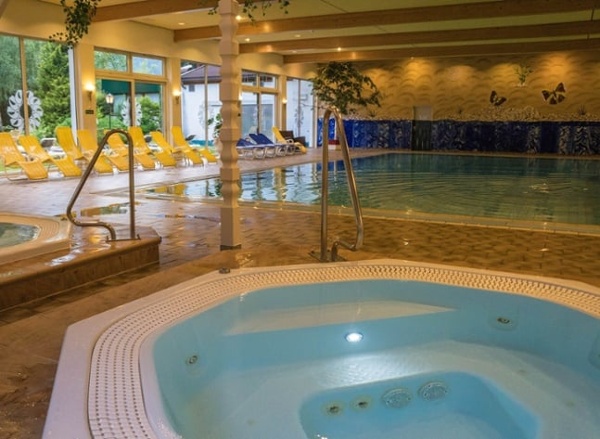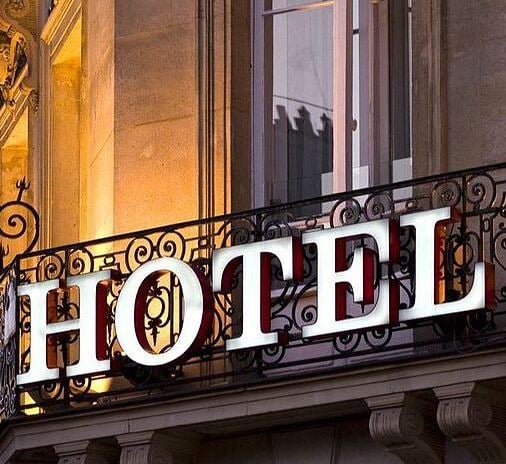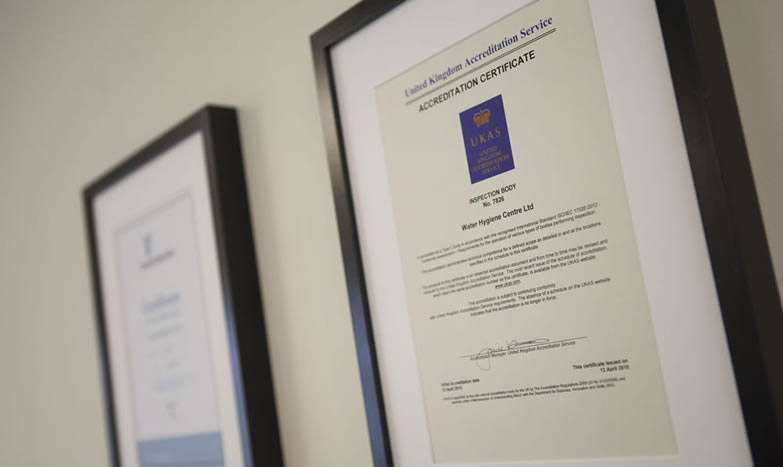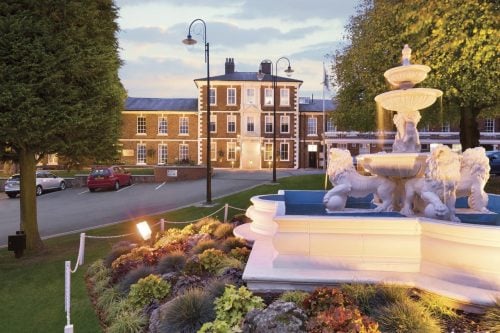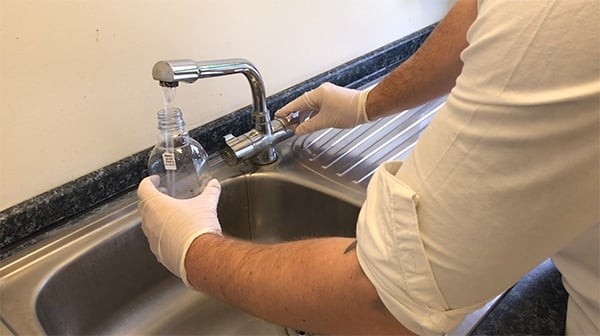What are common dangers in hotel water
Hotels [and hospitality accommodation] can come in many shapes, sizes, complexity, and differing ages! Despite these considerations, there are several commonalities:
- Water systems are present within the buildings;
- Not all accommodation achieves 100% occupation all of the time;
- Water systems can be altered/changed over time.
These commonalities can include many known and unknown issues that are dangerous in hotels.
Let’s explore what these dangers in hotels can look like…
Water temperature is seen as the traditional strategy for controlling legionella growth. To this end, hot water should be stored at 60°C with hot water flow around the entire distribution system achieving at least 50°C. When a hotel is designed and built the water system within the hotel is sized on the intended occupancy of the hotel. Over time the water system and its usage can change. For example, if the hotel is extended and more facilities are added, there will be a corresponding increase in demand on the existing hot water system. Where additional services are added with no additional capacity to generate or store the hot water needed to meet this increase, the existing system may struggle to achieve the required storage, flow and return temperatures and the temperature control strategy will fail.
With time, hotels go through updates and refurbishments; this can see alterations being made to the bathrooms which could result in cut off ends / blind ends being created. These sections of redundant pipework trap water that turns stagnant and creates the ideal environment for legionella to become established.
Equally, with time, some hotels fall into disrepair. In one example, a hotel with seven floors only used the 1st, 2nd and 3rd floors. The remaining floors had not been used for over 40 years but all the outlets in these unoccupied floors were still live and connected to the same water system which served those areas that were still in use.
As with all things that become older they become outdated, start to fail and require more maintenance. A good example being old inefficient domestic hot water generators that maybe scaled up inside and can no longer achieve the minimum storage temperature of 60°C… let alone the return temperature of 50°C!
Occupation, there are times when not all the rooms are occupied continuously e.g. seasonal variation. Water services in rooms that are not used during these periods of lesser demand create little used outlets. The flow of water to these outlets can be very much reduced, allowing stagnation and the favorable conditions for colonisation by legionella bacteria. Furthermore, there may be periods of shut down for low season or perhaps for refurbishment. When parts of the hotel or the entire hotel are closed the water systems within becoming stagnant; which again allows legionella to establish.
There is also the routine monitoring and maintenance required on water systems, an example being the quarterly clean and descale of shower heads, roses and hoses. The shower head or rose is an ideal surface area for scale and biofilm to establish which allows legionella to develop [hence the need for the quarterly task]. The awareness of the need for this one task alone is important and isn’t always understood or in some cases, the task is simply not done [possibly as a cost-saving exercise]. In such cases, it means that decisions affecting public safety are being made without the prerequisite competence and knowledge on the importance of the task.
These examples are not an exhaustive list of dangers in hotels when it comes to legionella. If you can imagine a combination of all these examples existing within your hotel then the danger for guests starts to become more realistic and a serious safety consideration!!
Click here to read the blog about The hidden dangers in hotel water


